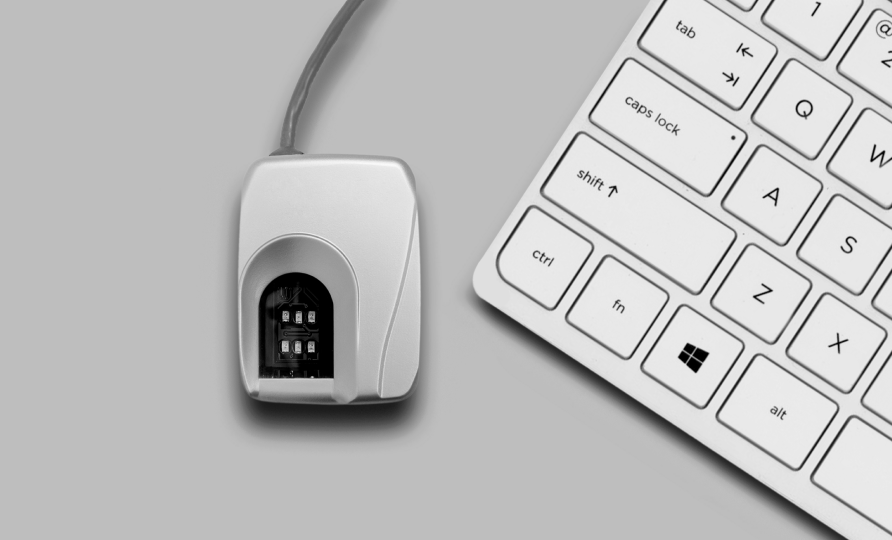Biometric authentication technologies become increasingly popular today. They replace password authentication effectively, providing the users with reliable, simple and convenient access acquisition mechanism.
Currently, proximity biometric authentication technologies are advancing rapidly. These have a number of advantages over traditional contact solutions (such as fingerprint authentication). Proximity biometrics can be characterized as completely hygienic, simple and comfortable to use.
We have recently added authentication by 3D face model to the list of biometric authentication methods supported by Axidian products. The said feature is implemented in the Axidian Access system, designed to manage user access to corporate IT resources, as well as in the Axidian Access Single Sign-On product that implements enterprise-wide uniform user access to data.
The mentioned authentication technology is based on 3D face image which is built with Intel Realsense™ 3D sensors installed to various PC types. Face image is unique biometric key. It is certainly worth mentioning that the technology differentiates between several objects better than human beings, since it is capable of recognizing the face geometry details with accuracy of up to tenths of millimeter. Thus, the system is able to identify even the twins indistinguishable by human eye.
User recognition process takes less than a second, which makes working comfortable and provides for higher system bandwidth. It is enough to glance at the device to get access to the required resources.
As opposed to other biometric authentication technologies, 3D face model does not require physical contact with authentication device. This eliminates the need of regular sensor cleaning and prolonged positioning in front of reader. Authentication by 3D face model can be used to increase reliability of access control and management systems, as well as the one of ATMs, payment terminals and other devices that provide for authorized access. An opportunity to integrate the technology to existing authentication system and/or MCDS, as well as its combination with other technologies make it possible to implement a wide range of various scenarios and operation modes.

